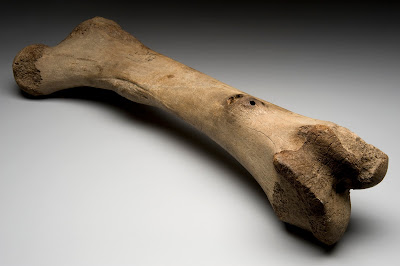Bones Functions: Types, Structure, Cells and tissues
Whats up fitness freaks, Today we are back with another interesting topic i.e Bones functions and its types, structure, cells and tissues.
Be with us and lets get started here. Do follow us for more such content.
Bones are the structural components of the human body that provide support and protection for the body's organs, help us move and maintain our posture, and serve as a storage site for minerals such as calcium and phosphorus. Understanding the functions, types, structure, cells, and tissues of bones is crucial for understanding how the body works and how to maintain and treat bones.
The main functions of bones are to provide support, protection, and movement for the body. Bones also serve as a storage site for minerals such as calcium and phosphorus, which are essential for maintaining healthy bones and teeth. Additionally, bones also provide a surface for muscle attachment, allowing for movement and the ability to generate force.
There are four types of bones in the human body: long bones, short bones, flat bones, and irregular bones. Long bones, such as the femur and tibia, are typically found in the arms and legs and are longer than they are wide. Short bones, such as the carpals and tarsals, are typically found in the wrists and ankles and are roughly cube-shaped. Flat bones, such as the skull and sternum, are thin and flat, and they typically provide protection for internal organs. Irregular bones, such as the vertebrae and the hip bone, are complex in shape and are found in various locations throughout the body.
The structure of a bone is composed of several different components, including the periosteum, the compact bone, the spongy bone, and the bone marrow
If you have any feedback, do let us know in the comment section. If you have any suggestion you can contact us via the contact page. We will be try to reply you ASAP :)


No comments:
Post a Comment